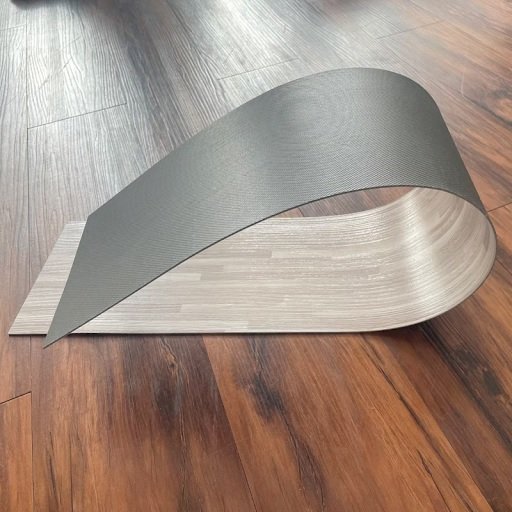PVC (Polyvinyl Chloride) flooring is an excellent choice for commercial spaces due to its durability, affordability, and versatility. This guide will walk you through the benefits, considerations, and installation process of PVC flooring for commercial use.
Benefits of PVC Flooring
- Durability and Longevity
PVC flooring is known for its durability, making it ideal for high-traffic areas in commercial spaces. It is resistant to scratches, stains, and wear, ensuring it looks good for years with minimal maintenance. - Cost-Effective Solution
Compared to other flooring options, PVC flooring is relatively inexpensive. It provides an affordable solution without compromising on quality or aesthetics, making it a popular choice for businesses on a budget. - Variety of Designs and Colors
PVC flooring comes in a wide range of designs, colors, and patterns. This variety allows businesses to choose flooring that matches their interior design and brand aesthetics. From wood and stone looks to vibrant patterns, PVC flooring can meet diverse design needs. - Easy Maintenance
One of the major advantages of PVC flooring is its ease of maintenance. Regular sweeping and occasional mopping are usually enough to keep the floor clean and looking new. Its resistance to moisture and spills also makes it a practical choice for commercial environments.
Considerations before Installation
- Assessing Traffic and Usage
Before selecting PVC flooring, consider the amount of foot traffic and type of usage the area will experience. For high-traffic areas, opt for thicker, commercial-grade PVC flooring to ensure durability. - Subfloor Preparation
The subfloor must be smooth, clean, and dry before installing PVC flooring. Any imperfections in the subfloor can affect the appearance and performance of the PVC flooring. Proper preparation will ensure a successful installation. - Environmental Factors
Consider the environmental conditions of the space where the flooring will be installed. PVC flooring is resistant to moisture, but extreme temperature fluctuations can affect its performance. Ensure the space has stable environmental conditions for optimal results.
Installation Process
- Measuring and Cutting
Accurate measurements are crucial for a successful PVC flooring installation. Measure the area carefully and cut the PVC flooring to fit, leaving a small gap around the edges for expansion. Use a utility knife for precise cuts. - Applying Adhesive
For most commercial applications, adhesive is required to secure the PVC flooring to the subfloor. Spread the adhesive evenly using a trowel, and lay the PVC flooring on top, pressing it firmly to ensure a good bond. - Rolling and Finishing
After laying the PVC flooring, use a floor roller to ensure the adhesive spreads evenly and the flooring is properly adhered to the subfloor. Trim any excess material around the edges and install baseboards or trim to complete the installation.
Conclusion
Whether it’s for an office, retail space, or healthcare facility, PVC flooring offers a reliable solution for commercial flooring needs.

